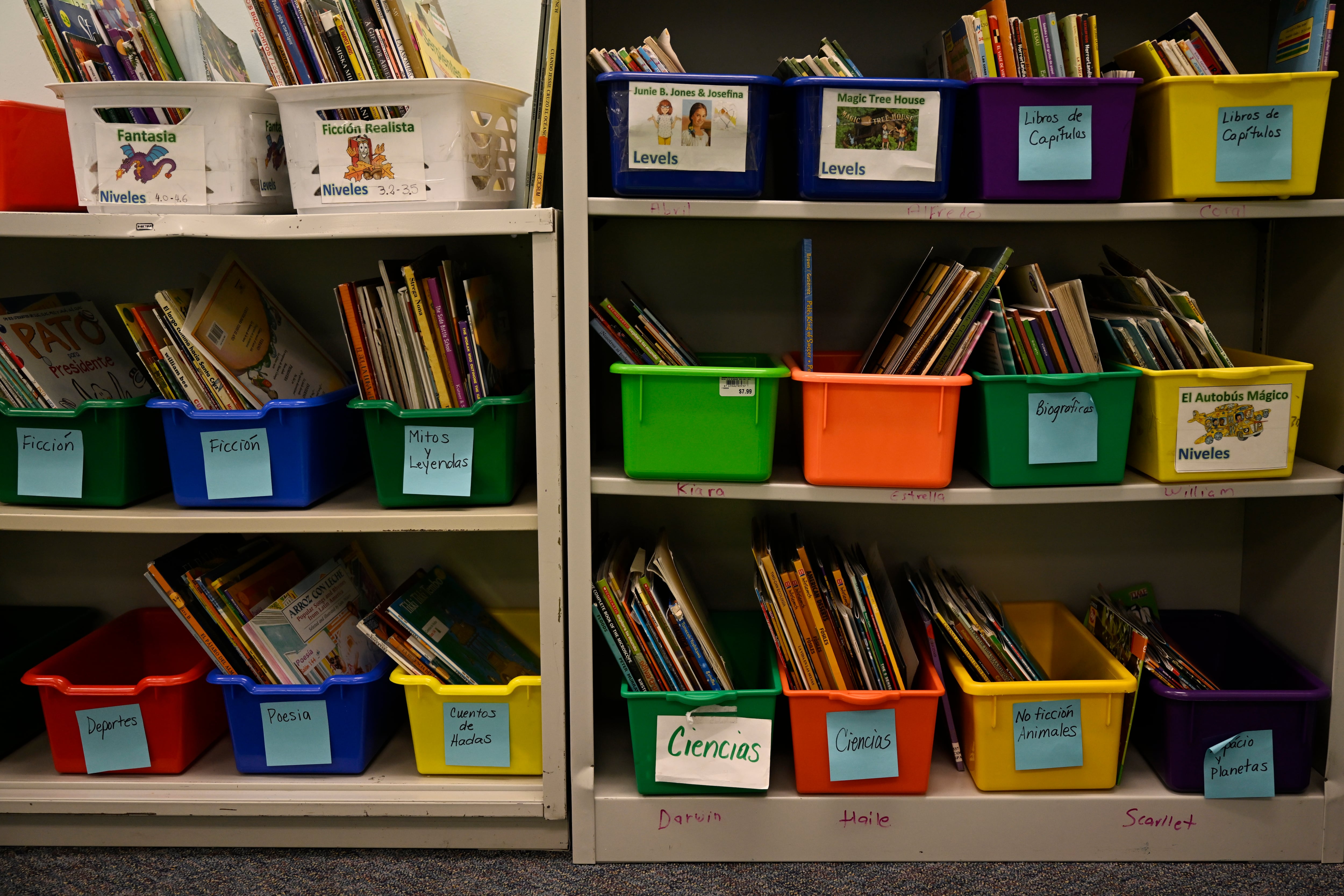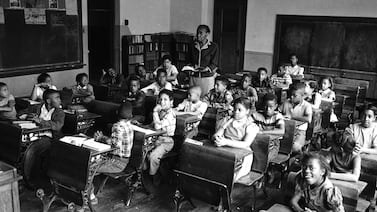Sign up for Chalkbeat Colorado’s free daily newsletter to get the latest reporting from us, plus curated news from other Colorado outlets, delivered to your inbox.
A surge of one-time money will reach 85 Colorado school districts — almost half of all districts in the state — this month to help offset costs of an unprecedented number of new students arriving midyear, mainly from South America.
Between October and Feb. 29, Colorado school districts received 8,085 newcomer students spread throughout the state, according to data submitted by the districts to the state.
Colorado lawmakers last month approved the use of $24 million in state funding to help school districts experiencing an influx of new migrant students this year. Colorado funds schools based on enrollment counts from October. Every year there are some students who leave or enroll in schools after October, and the district’s funding doesn’t get adjusted.
But this school year, district leaders, especially in large districts such as Denver and Aurora, said the number of new students they were receiving after October was much larger than in typical years.
To be eligible for the money, districts had to submit their request, along with a record of their enrollment counts, to the Colorado Department of Education. The department used a formula approved by state lawmakers to figure out how much each district will receive. Nine districts that applied were not eligible for any of the money.
Search for your district’s allocation, net enrollment change, and total new arrivals in the following table:
Districts got money in two ways. First, there was a tiered system that gave certain set amounts of money to districts based on how many new arrivals they’ve enrolled between October and Feb. 29. Then, districts could also qualify for additional money, on a per student basis — if those new arrivals resulted in net increases in district enrollment.
Of the 85 districts getting money, 39 qualified for per-student dollars: $4,672.03 for each student, which is less than districts got for students enrolled in October.
In other cases, districts received many new arrivals, but because of overall declining enrollment, their total student count by February was still lower than it was in October.
The Adams 12 school district, for example, enrolled 374 new arrivals, but because of overall enrollment declines, their total enrollment is down 58 students compared to October. That meant Adams 12 qualified for $550,000 from the tiered system, but did not receive any per-student amount in addition to that.
Districts will receive their funding allocations this month, though for most, it will serve to reimburse them for money they’ve already spent on hiring extra staff earlier this year.
School district leaders talked about having to add new classrooms in some schools, requiring more teachers and other support staff.
The Westminster school district is planning to offer some summer programming for newly arrived students. In the Harrison school district in Colorado Springs, a “newcomer committee” is developing a “toolkit for teachers to use.”
“Even though they are just one-time funds, every little bit helps us provide our newcomer students with the support, resources, and instruction they need,” Rachel Laufer, assistant superintendent of teaching and learning for the Harrison district, said in an email about the funding.
Yesenia Robles is a reporter for Chalkbeat Colorado covering K-12 school districts and multilingual education. Contact Yesenia at yrobles@chalkbeat.org.








